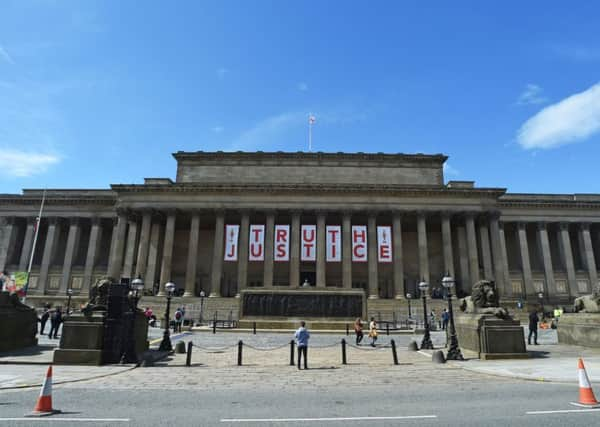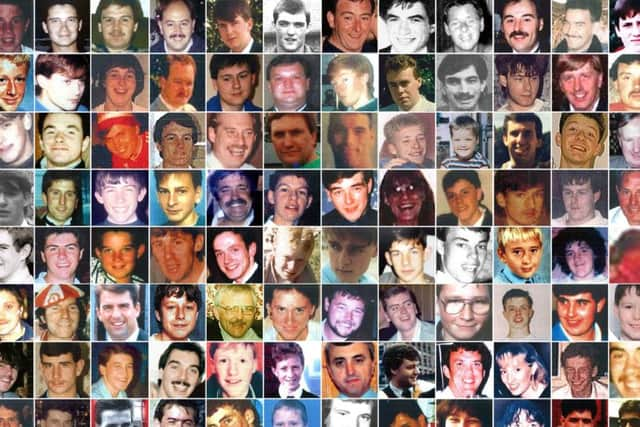Did Freemasons influence police over Hillsborough?
This article contains affiliate links. We may earn a small commission on items purchased through this article, but that does not affect our editorial judgement.


Overall match commander Chief Superintendent David Duckenfield told the fresh inquests he had been a Freemason since 1975 and became head of his local lodge - a worshipful master - the year after the 1989 disaster.
He said he did not know if his promotion within South Yorkshire Police in the weeks before the tragedy was influenced by his membership of the so-called “secret society”, but added: “I would hope not.”
Advertisement
Hide AdAdvertisement
Hide Ad

His predecessor Brian Mole, now dead, had also been a member of the same lodge, jurors were told.
The Independent Police Complaints Commission (IPCC), as part of its overall investigation into alleged criminality and misconduct, has examined concerns from the Hillsborough families over Freemason membership.
The United Grand Lodge of England has provided information including historical attendance records of meetings.
This has enabled investigators to assess whether there may be some correlation with individuals involved in decision-making around Hillsborough, according to the IPCC.


The hearings in Warrington also heard evidence from a police constable who said he had heard “a substantial meeting” of senior officers, including allegedly Mr Duckenfield, took place in the days after the disaster.
The officer said it was rumoured that most of the officers were Masons and it was said they were trying to blame Superintendent Roger Marshall for asking for the exit gate at Leppings Lane to be opened.
Coroner Sir John Goldring later warned the jury that there was “not a shred of evidence” that such a meeting ever took place or that all of those named were Freemasons.
He advised them to put the “gossip and hearsay” to one side.
Advertisement
Hide AdAdvertisement
Hide AdGiving evidence, Mr Duckenfield said he was unaware if his boss, Chief Constable Peter Wright, was also a Freemason.
He said: “I can’t say whether he was or he wasn’t. What I am saying is within my knowledge in the whole of the Sheffield/Yorkshire area, and in my lodge, he certainly wasn’t a Freemason, and it wasn’t customary in those days, because a situation had arisen where it was unfashionable, or some people thought unacceptable, to be a Freemason in a senior police position.”
Freemasonry is one of the world’s oldest and largest non-religious, non-political, fraternal and charitable organisations, according to the United Grand Lodge of England’s website.
It adds that “it teaches self-knowledge through participation in a progression of ceremonies” and “is a society of men concerned with moral and spiritual values”.
DOWNLOAD THE SCOTSMAN APP ON ITUNES OR GOOGLE PLAY
